As a pediatric oncologist, every patient I treat has a potentially life threatening illness. Although we have a long way to go before we can cure all childhood cancer, pediatric oncology has enjoyed some of the most dramatic improvements in all of medicine over the last 50 years. For many previously incurable diseases, we now enter into therapy with a realistic expectation of a cure.
To play a part in the treatment of a child battling cancer, no matter what the outcome, is truly an honor. As a patient’s primary oncologist, I am fortunate enough to gain the trust of families during one of the most difficult times of their lives, and I watch children grow up over the course of their therapy and follow up. When therapy is completed–and it’s clear the child is cancer free–the parents will often thank me for curing their child. As much as I would love to take the credit, to be completely honest, it wasn’t me.
Developing The ‘Cure’
“The cure” started over 70 years ago with brilliant, forward-thinking scientists who, early on, chose to study what made cancer cells different from other cells, what made them act in a malignant manner, and most importantly, what made them susceptible and weak. These scientists were the first to develop the precursors to modern chemotherapy–one of our most powerful weapons against cancer.
But their contributions alone weren’t enough to provide a cure for most cancers. It was also the pioneering physicians and scientists who have since set out to develop and test a variety of chemotherapy combinations and schedules for each of the hundreds of different types of cancer. These scientists have dedicated their lives to slowly, over generations, finding better and better therapies with each successive clinical trial.
Clinical trials can’t exist without patients. So “the cure” also comes from the thousands of brave cancer patients and their families who are willing to undergo novel–often untested–therapies. Those patients who share their medical stories with researchers help move the field of cancer care forward.
While the therapies got more and more successful in ridding patients of cancer, they also got more dangerous and more toxic to give, leading to more and more deaths from the therapy itself. And so “the cure” was helped along by equally innovative advances in supportive care, such as broad-spectrum antibiotics, intensive care units, transfusions, nutritional support, anti-nausea medications and pain control, making it possible to forge on with curative, but intense, chemotherapy regimens.
Successful Cancer Treatment Comes Down to This
The tools to provide a cure have been developed by intelligent and dedicated people over the last few generations. But for every individual patient, the chance for a cure comes down to the nuts and bolts of safely delivering the best possible cancer therapy, while protecting them from side effects of that care.
Successful treatment depends on pathologists who can properly distinguish one type of cancer cell from another, allowing the proper regimen to be used. It depends on the surgeons to provide central lines or to remove tumors and on radiologists to help us track down tumors, infections, clots and other ailments that aim to do our patients harm. It depends on the care and study coordinators and the schedulers who keep the physicians and patients on track during very long and complicated treatment regimens. It depends on the social workers and translators that make it possible for families to go through such difficult times while keeping the rest of their lives intact. It depends on the diligent and detail-oriented pharmacists and pharmacy techs checking and double-checking their work to safely make up powerful drugs. It depends on the nurses who learn to safely administer these drugs that have so many potential side effects and then provide the minute-to-minute bedside care required for such complicated patients. For our immune-compromised patients, the cure also depends on hospital staff who maintain a sterile and safe environment for our inpatients.
Most importantly, “the cure” depends on the very people who are usually offering their thanks. First, it is the patient who, while wise beyond their years, refuses to let cancer keep them from being a child. The patient, who withstands countless procedures, nausea provoking medicines, infections, mouth sores, endless nights in the hospital and, of course, the fear of dying, to forge through therapy. Second, the cure depends on his or her parents and other family members who endure–not only the rigorous schedule of therapy, the ER visits, the hospital admissions, the clinic visits, the blood draws, the scans, the daily side effects of therapy–but also, what would likely be even more difficult, the stress, the anxiety, and the fear that comes along with having their child suffer through a life threatening illness. These patients and their families serve as the inspiration for everyone else who plays a part in the care of a child with cancer. And, no matter the eventual outcome of therapy, it is they who deserve the greatest recognition.
When I tell parents, “I didn’t cure your child,” that’s not to say I’m not proud of the part I play. I cherish my role as a guide for the patients and their family and as a liaison between them and the world of cancer care, and I am grateful to the entire team of people that also play a part.
About the Author
Share This Article
Search Our Blog
Our Instagram
Recent Posts
- Think BIG on #GivingTuesday and Support Childhood Cancer Research November 30, 2015
- Giving Thanks … For Everything November 25, 2015
- Life with Type 1 Diabetes: Patients Celebrate their 10-Year Journey November 20, 2015
- Can Kids Suffer from Seasonal Affective Disorder? November 18, 2015
- “I Just had that Mom Feeling . . . ” A Rare Brain Tumor Changed Everything November 12, 2015
Our Most Popular Posts
 Think BIG on #GivingTuesday and Support Childhood Cancer Research 45 views
Think BIG on #GivingTuesday and Support Childhood Cancer Research 45 views  5 Acupressure Points Every Parent Should Know 23 views
5 Acupressure Points Every Parent Should Know 23 views  It’s Never Safe to Leave Your Child Alone in a Car 13 views
It’s Never Safe to Leave Your Child Alone in a Car 13 views  Why Kids Shouldn’t Wear Bulky Coats in Car Seats 3 views
Why Kids Shouldn’t Wear Bulky Coats in Car Seats 3 views  “I Just had that Mom Feeling . . . ” A Rare Brain Tumor Changed Everything 3 views
“I Just had that Mom Feeling . . . ” A Rare Brain Tumor Changed Everything 3 views  Groundbreaking Research Studying Cancer in Elephants Spurs New Funding for Childhood Cancer 3 views
Groundbreaking Research Studying Cancer in Elephants Spurs New Funding for Childhood Cancer 3 views  Twenty Five Years of Saving Lives 2 views
Twenty Five Years of Saving Lives 2 views  On Childhood Cancer: Perspectives of a Pediatric Oncologist 2 views
On Childhood Cancer: Perspectives of a Pediatric Oncologist 2 views  Improving Heart Transplants in Children 2 views
Improving Heart Transplants in Children 2 views - Should Your Child Eat a Gluten-Free Diet? 2 views
Archives
- November 2015 (8)
- October 2015 (8)
- September 2015 (2)
- August 2015 (1)
- July 2015 (3)
- June 2015 (2)
- May 2015 (2)
- March 2015 (3)
- February 2015 (2)
- January 2015 (2)
- November 2014 (1)
- October 2014 (1)
- September 2014 (3)
- August 2014 (2)
- July 2014 (4)
- June 2014 (2)
- May 2014 (4)
- April 2014 (6)
- March 2014 (4)
- February 2014 (1)
- September 2013 (1)
- February 2013 (1)
- June 2012 (1)


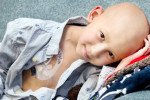


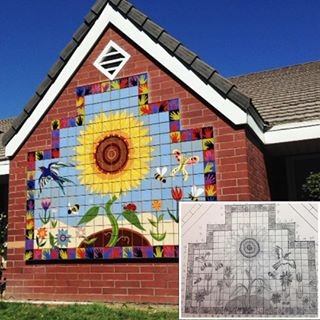
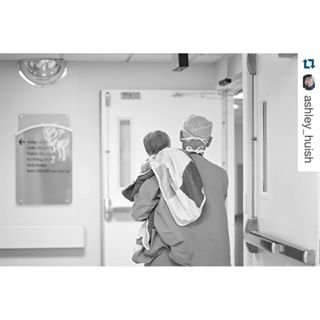
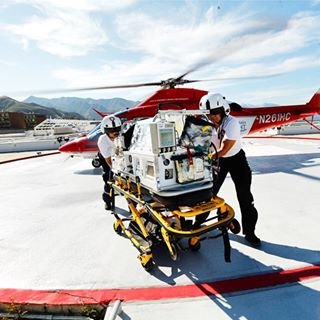
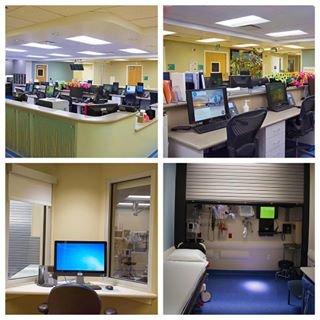












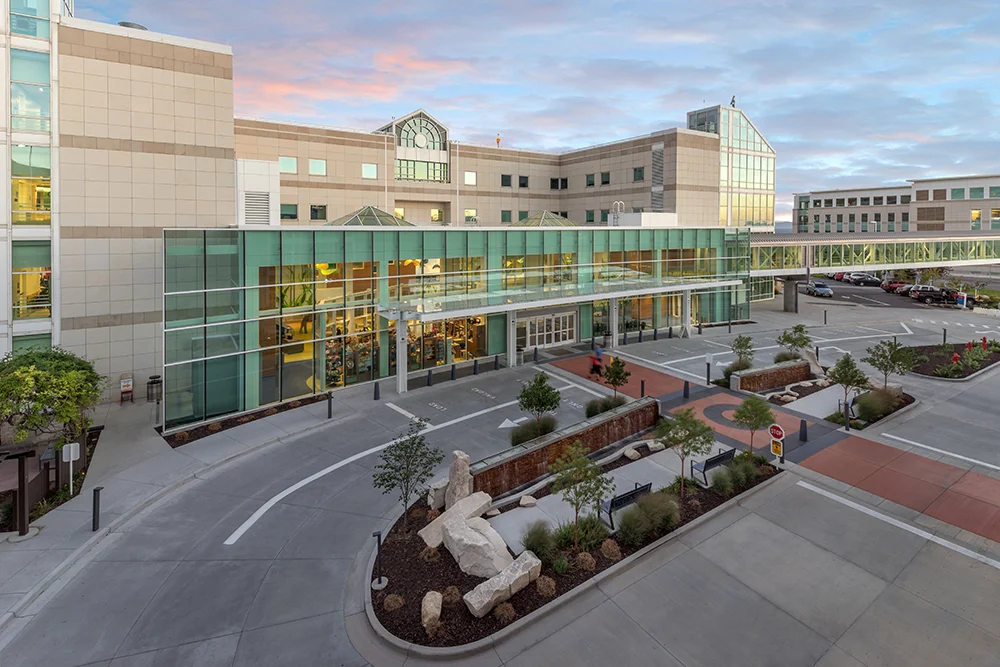
Add comment